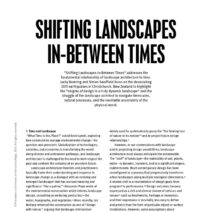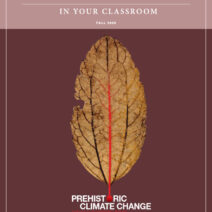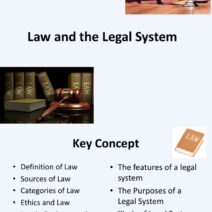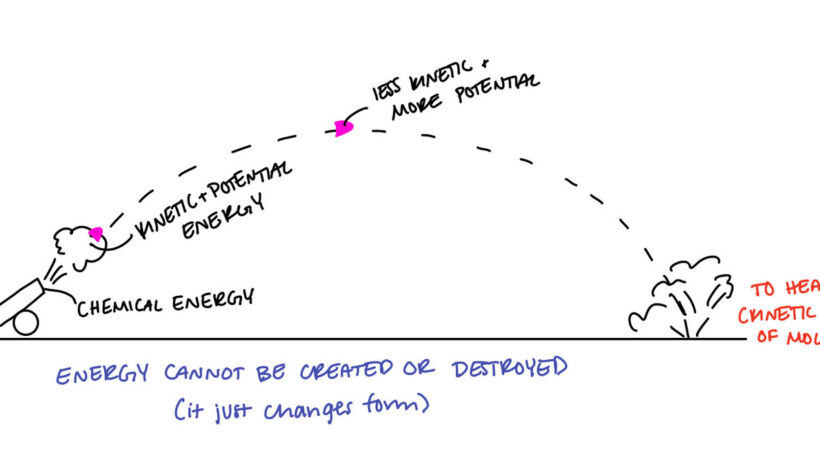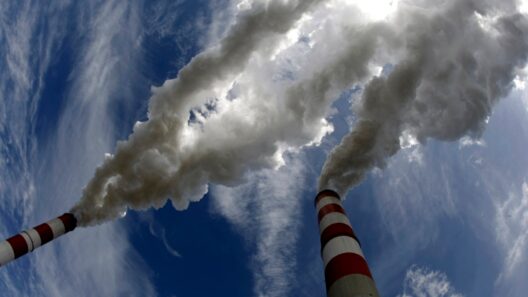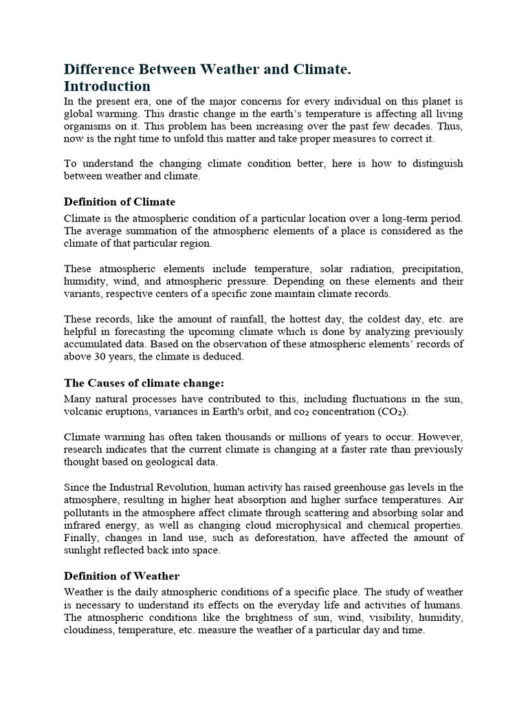The intricate relationship between work and energy conservation lies at the heart of physics. Understanding how work relates to the conservation of energy invites inquiry into the fundamental principles that govern our universe. This concept, while seemingly theoretical, permeates various dimensions of our existence, from the microuniverses of particles to the macroscopic realms of environmental systems.
To begin, one must first grasp the definition of work in a physical sense. Work is mathematically defined as the product of force and displacement in the direction of that force. If a force is applied to an object, resulting in movement, then work has been done. However, when discussing conservation of energy, the crux lies in understanding how this work is leveraged within systems. The conservation of energy principle posits that energy cannot be created or destroyed; it can only be transformed from one form to another or transferred between objects and systems.
In mechanical systems, the relationship between work and energy becomes evident. For instance, when a person lifts an object, they exert a force against gravity, thereby performing work. This energy is stored as gravitational potential energy in the object. Should the object be released, that potential energy transforms into kinetic energy as it descends. This cycle exemplifies the conservation of energy, illustrating how work facilitates the transition between energy states without loss. Such conversions are omnipresent, ranging from the vast movements of celestial bodies to the subtle actions of daily life.
Yet, the implications of this relationship extend beyond the realms of physics; they query our ecological practices and societal structures. Consider, for instance, the work undertaken to transition from fossil fuel dependency to renewable energy sources. This monumental shift serves as a perceptual lens through which one can examine both the work involved in this transition and its ramifications on energy conservation. The magnitude of work involved in harnessing wind or solar energy requires significant investment in technology, infrastructure, and human effort. Yet, the resultant energy produced is a testament to nature’s capability for sustained energy generation with minimal ecological impact.
Furthermore, the principles of thermodynamics introduce an additional layer of complexity. The First Law of Thermodynamics, synonymous with the conservation of energy, insists that within a closed system, the total energy remains constant. However, energy transformations often incur inefficiencies—heat losses through friction, for example. As a result, while energy conservation remains intact, the effectiveness of energy utilization can be diminished. This realization prompts vital questions regarding our current energy consumption patterns. Are we maximizing the work done by the energy we expend? Can we refine our methods to enhance overall efficiency?
Furthermore, the relationship between work and energy conservation necessitates an exploration into our efforts to engage with environmental policies. The advent of green technologies is emblematic of humanity’s willingness to engage in significant work to mitigate climate change effects. Each effort to innovate in energy efficiency, carbon capture, or sustainable agriculture embodies the application of work that seeks to conserve energy within ecological systems. A paradigm shift is required, wherein we recognize that the work performed in conserving energy in one sphere can have far-reaching implications in another. For instance, enhancing energy efficiency in industrial processes can minimize waste and reduce overall energy consumption, benefiting both the economy and the environment.
As society grapples with the implications of our energy choices, it becomes paramount to understand the multidimensional nature of energy conservation. The relationship between work and energy extends into behavioral economics, where individual choices concerning energy use embody the principles of work done to influence broader environmental outcomes. Every time individuals opt for public transport over driving, the cumulative work saved translates into significant fossil fuel conservation, illustrating a collective commitment to energy efficiency.
In the broader context of climate change, the intricate interplay between human labor, energy consumption, and environmental stewardship cannot be overstated. The embodied energy within products—what it takes to extract, transport, manufacture, and distribute them—illustrates a hidden narrative of work that demands our attention. A shift in consumer awareness towards products that embody lower energy expenditures during their lifecycle can promote conservation while fostering a sustainable economy.
Through the lens of education and policy reform, enhancing public understanding of the work-energy dynamic can catalyze a cultural metamorphosis. Educational programs tailored towards elucidating the principles of physics can inspire the next generation to view their interactions with energy not merely as passive participation but as an active engagement calibrated towards fostering a sustainable future. Policy, too, must evolve to facilitate innovations that capitalize on the work-energy conservation nexus, incentivizing businesses and individuals alike to adopt energy-efficient practices.
Ultimately, the relationship between work and energy conservation challenges us to reconsider not only how we utilize energy but also how we define work itself. Is work merely a quantifiable measure of physical effort, or is it intertwined with the very fabric of ecological sustainability? As we confront the unequivocal reality of our climate crisis, embracing a holistic perspective on energy conservation through the lens of work can unveil pathways towards an environmentally empowered society.
In closing, the physics of effort reveals more than the mechanics of energy—it ignites a crucial discourse on our collective path forward. By delving into the intricacies of how work relates to conservation of energy, we are called to re-evaluate our roles as stewards of the Earth’s resources. The promise of sustained energy conservation lies not only in innovating technology but also in transforming human behavior, elucidating a future where every effort contributes meaningfully to our planetary well-being.
